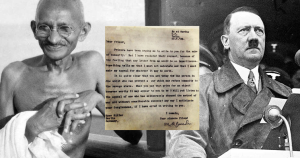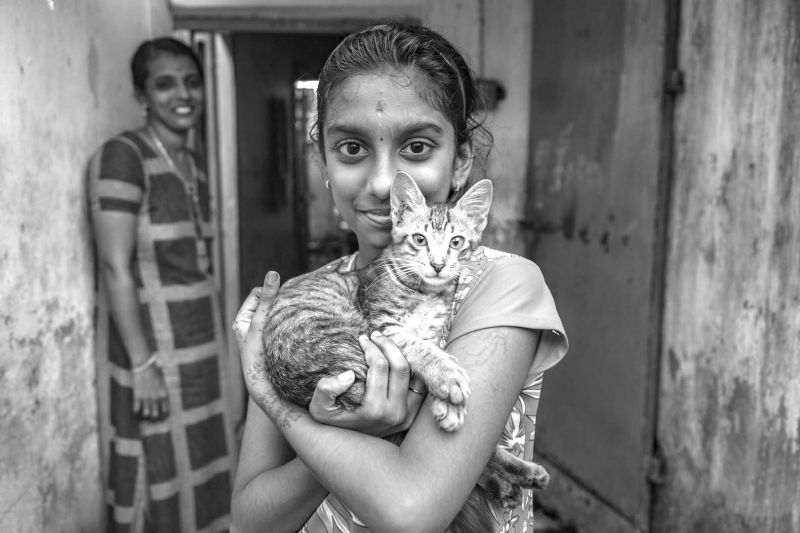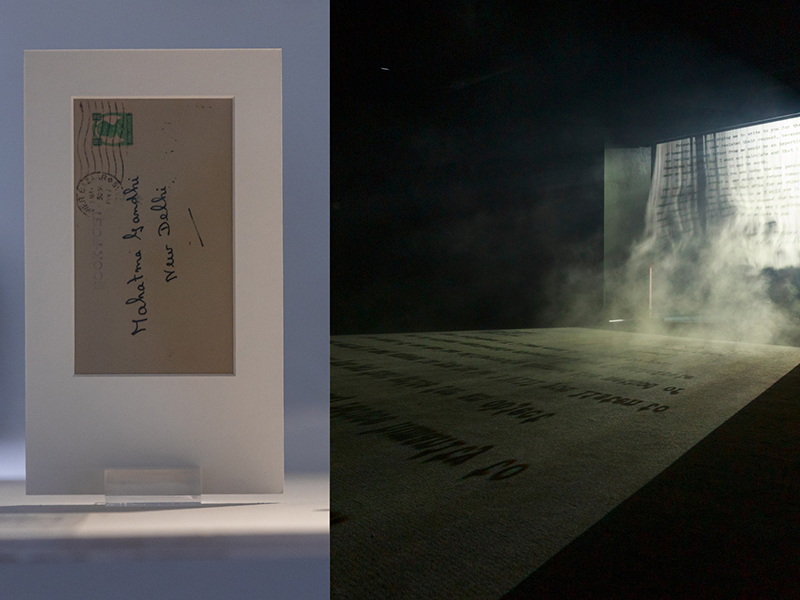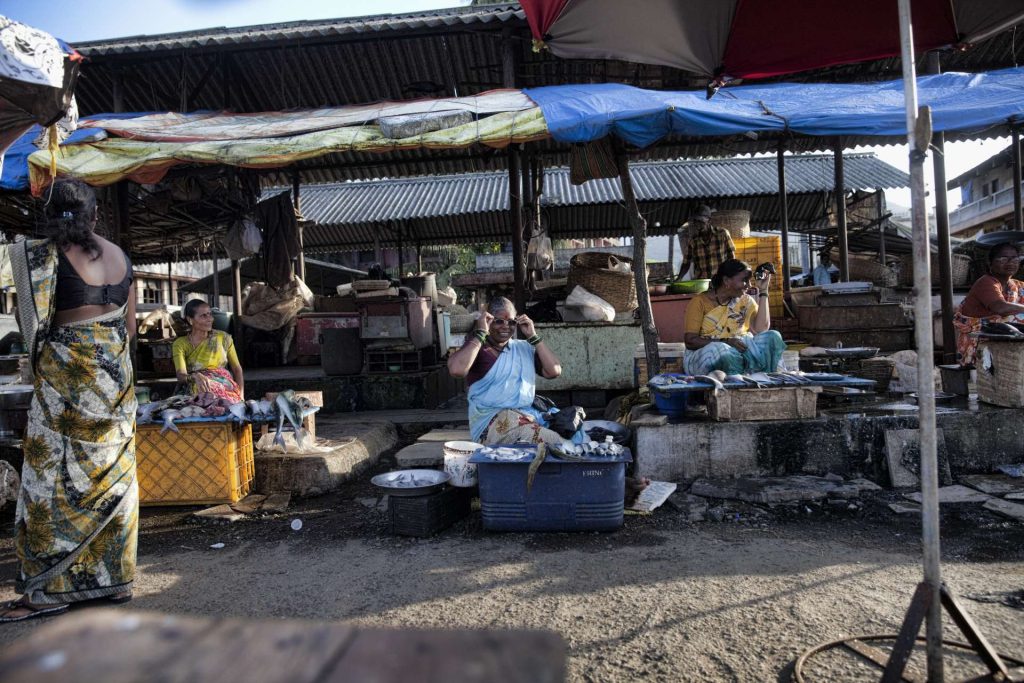Krispin Joseph PX
Are you a firm believer in binary? As human nature, we understand many things in binary oppositions. Binary opposition starts from ‘male/female and goes to good/bad, black/white and so on. The structural theory brings the binary opposition into the humanities discussion table. Many forerunners in this theory and Saucer to Levi Strauss are significant figures. They get this idea to explain our understanding of social situations and realities in a language of binary opposition. Linguistical turn is the matter for this analysis and use in literature, anthropology and social science. This idea is used to analyse popular culture, film, art and other new media activities and content.
The Imaginative education research group (http://ierg.ca/) bring binary oppositions in a broad sense, and many famous examples of binary oppositions: ‘life/death, drought/flooding, identity/nameless, health/sickness, give/take, victory/defeat, alone/together, beautiful/ugly, clean/filthy, difficult/easy, friends/enemies, right/wrong, peace/war, love/hate, hero/villain’ and so on. This is a never-ending list, and these binary oppositions highly construct and manipulate our social life.
I mentioned these things here because Jitish Kallat does artwork displayed in TKM Warehouse, named ‘covering letter’, got critical acclamations from around audience. Then I think of analysing this work from a critical point already active in humanities and social science analytical air. Jitish Kallat’s ‘Covering Letter’ is an installation first shown in southern India, brings an immersive and historical letter sent by Mahatma Gandhi to Adolf Hitler just weeks before World War II and projected in a curtain of cascading fog. They allow the visitors to walk through the misty-filmy atmosphere. Words of Gandhi come forward to you through the foggy window when you enter that projector room and give an ambience of more engaging and dynamic artworks.

Courtesy- The Punch Magazine
‘Covering Letter’ takes the form of words projected onto a curtain of cascading fog. The words are from a historical letter Mahatma Gandhi wrote to Adolf Hitler just weeks before the start of World War II. In the spirit of his doctrine of universal friendship, Gandhi begins the letter with the greeting ‘Dear Friend.’ Kallat has described the correspondence within ‘Covering Letter’ as a plea from a great advocate of peace to one of the most violent individuals who ever lived. Visitors can walk amongst Gandhi’s words as they scroll and are diffused by the descending fog. Their ever-dissolving and ephemeral nature echo his message’s fate, which went unheeded, written in the concept note.
First, do you believe in good or bad, or peace and war as binary oppositions? Second, do you think Gandhi was a symbol of ‘peace’ and Hitler was a symbol of evil?
Gandhi sent two letters to Hitler, the first on July 23, 1939, and the second on December 24, 1940. Jitish Kallat uses one letter, more comprehensive and minimum word count, efficiently to display. Gandhi addressed Hitler as a friend in both letters, and in the first letter, Gandhi wrote, ‘friends have been urging me to write to you for the sake of humanity. But I have resisted their request because of the feeling that any letter from me would be an impertinence. Something tells me that I must not calculate and that I must make my appeal for whatever it may be worth’.
minimum word count, efficiently to display. Gandhi addressed Hitler as a friend in both letters, and in the first letter, Gandhi wrote, ‘friends have been urging me to write to you for the sake of humanity. But I have resisted their request because of the feeling that any letter from me would be an impertinence. Something tells me that I must not calculate and that I must make my appeal for whatever it may be worth’.
In his first letter, Gandhi didn’t use harsh words against Hitler and maintained a requested format: “Will you listen to the appeal of one who has deliberately shunned the method of war not without considerable success? Anyway, I anticipate your forgiveness if I have erred in writing.”
In the second letter, Gandhi uses more words and a harsh attitude towards Hitler, and writes: “my business in life has been for the past 33 years to enlist the friendship of the whole of humanity by befriending mankind, irrespective of race, colour or creed”. Gandhi addressed Hitler as a monster and addressed himself as men who believed in universal friendliness. Gandhi mentioned the humiliation of the Nazi military in Czechoslovakia, the Rape in Poland and the swallowing of Denmark. Gandhi wrote a letter to Hitler, which became an artwork in the Kochi Muziris Biennale, a great act of arbitration or mediation in creative processes. At the same time, the world remembered Gandhi’s 75th death anniversary this year. There are two letters, and the artist selects a letter from two for this artwork to tell an ambivalent story of Gandhi and the artists through a binary opposition lens.
The first question in this work is how Gandhi can be called as a guardian of peace, and he criticized him because of many inconsistencies. Is peace a problematic question, like life and caste? As a visual experience, Jitish Kallat satisfies spectators’ needs, and most of them are satisfied with what they are engaged in ‘Covering Letter’ room. In a dark room, Gandhi’s letter comes through a foggy window; the words come forward to relax viewers. The audience received or conceived what Gandhi sent to Hitler a long before, that words are now a visual experience.
Gandhi positioned himself as a peacemaker when he wrote a letter to Hitler. He wrote to Hitler because the world wanted peace, and he thought he was the one who brought peace to the world through words.
One incident historian Ramachandra Guha brings in his book, ‘Gandhi: The Years That Changed the World’, which happened in Kolkata in 1946 aftermath of the Calcutta great killing quotes, “As details of the violence in Calcutta and elsewhere reached him in Sevagram, Gandhi issued an anguished appeal for peace. In a statement dated August 19, he noted that Muslim League leaders were ‘preaching violence in naked language’. The road to ‘Pakistan of whatever hue’, he remarked, ‘does not lie through senseless violence”.

Courtesy- BBC
Direct action day and Calcutta’s great killing are spread all over India, creating tension between the two communities. Where Gandhi stands and what he has done in that time is a big question in Ramachandra Guha’s book, especially in 34the chapter, ‘Marching for peace’. The revenge of Calcutta is spread out all over India, and where Hindus and Muslims are a minority, they suffered a lot, killed and raped. Noakhali town is one of the affected areas of the aftermath of the Calcutta killing; Muslim-majority towns turned against the Hindu people and killed thousands. Gandhi reached Calcutta to bring peace there, especially in Noakhali, where Muslim people killed Hindu people.
‘While he was in Calcutta, Gandhi got news of riots that had lately broken out in Bihar, where, to avenge the killings of their co-religionists in Noakhali, Hindus had gone on the rampage against Muslims. This was the Bengal situation in reverse—Hindus killing Muslims with a Congress (or majority Hindu) government in Power, and Muslims killing Hindus with the League in Power. ‘If half of what I hear is true,’ wrote Gandhi to Nehru, ‘it means that Bihar has lost all humanity.’ He asked Nehru to pass on the letter to the Bihar government so that they could take remedial action’, writes Ramachandra Guha.
‘Gandhi said, ‘though Bihar calls me, I must not interrupt my programme for Noakhali’. He told the hindus of Bihar that they were ‘honour bound to regard the minority Muslims as their brethren requiring protection, equal with the vast majority of Hindus. Let not Bihar, which has done so much to raise the prestige of the Congress, be the first to dig its grave.’ If the ‘erring Biharis’ did not turn over a ‘new leaf’, he might even consider going on a fast unto death’, Guha writes.
In this chapter, Ramachandra Guha brings enough materials to realise where and what is the standpoint of communal violence in India and which is more hurtful to him. Bengal political leaders started criticising Gandhi and ‘suggesting that Gandhi’s place was not in Bengal but in Bihar, where the Muslims were being hounded and persecuted’. Between two locations and incidents, Gandhi chose to stay in Noakhali, where Muslims are the majority and Hindus are killed, and not go to Bihar, where Hindus are the majority and Muslims are killed.
‘Other Muslim leaders in Bengal were also unhappy with Gandhi’s pilgrimage of peace in Noakhali. In the third week of December, a member of Suhrawardy’s government named Maulvi Hamiduddin Ahmed launched a savage attack on Gandhi. ‘Everyone is aware,’ he remarked, ‘why Gandhiji has become a “Bengali” and an “inhabitant of Noakhali”.’ This League leader claimed that while Hindu propagandists had issued ‘strange and exaggerated reports’, only about a hundred people were killed in Noakhali and that there was no forcible conversion. On the other hand, in Bihar, ‘how thousands upon thousands of men and women of a particular community were inhumanly done to death, is without a parallel in the history of the world’. And yet, said this leader sneeringly, ‘Mr. Gandhi does not wish to remain in Bihar, writes Guha.
‘It was known to everyone, ‘continued this critic of Gandhi’s peace mission, ‘that the oppressed community in Noakhali was Hindu and that in Bihar, it was Musalman. Would it be wrong for anyone to feel that by riveting the whole world’s attention to Noakhali, Mr Gandhi’s purpose is to draw attention away from Bihar?
I bring this text to address Gandhi as a peacemaker in his territory, which he can easily access, and how he manages the two things. Gandhi’s peace mission in India was criticised at the time; his contemporaries were the most critical of him.
Arundhati Roy writes in ‘The Doctor and the Saint, ‘He (Gandhi) offered himself to us as a visionary, a mystic, a moralist, a great humanitarian, the man who brought down a mighty empire armed only with Truth and righteousness. How do we reconcile the idea of the non-violent Gandhi, the Gandhi who spoke Truth to Power, Gandhi the Nemesis of Injustice, the Gentle Gandhi, the Androgynous Gandhi, Gandhi the Mother, the Gandhi who (allegedly) feminised politics and created space for women to enter the political arena, the eco-Gandhi, the Gandhi of the ready wit and some great one-liners— how do we reconcile all this with Gandhi’s views (and deeds) on caste? What do we do with this structure of moral righteousness that rests comfortably on a foundation of brutal, institutionalised injustice? Is it enough to say Gandhi was complicated and let it go at that? There is no doubt that Gandhi was an extraordinary and fascinating man, but during India’s struggle for freedom, did he speak Truth to Power? What he did with the poorest of the poor, the most vulnerable of his people?

Many questions need to be answered before or after engaging in an artwork related to Gandhian text. Jitish Kallat brings many questions and ambiguous things into a discussion table with historical materials.
Anyone can use Gandhian text or materials to create artwork, and people can engage with them freely. But the problem, where Gandhi was placed and what he did for the minorities and lower class is debatable in contemporary Indian society. No one can ignore these realities before doing something engaging.
You can easily enjoy this work if you believe in a spectacle and think visual art is a spectacle. But if you look more deeply into the spectacle’s content, you can realise the problematic space between the artwork and the wonder. Binarical thinking and opposition never help us to reach the Truth, and I am sceptical about Gandhian activity. The letters that Gandhi wrote to Hitler are a product of Binary opposition thinking, and the artwork related to this letter also brings that idea into a visual language.

Krispin Joseph PX, a poet and journalist, completed an MFA in art history and visual studies at the University of Hyderabad.





